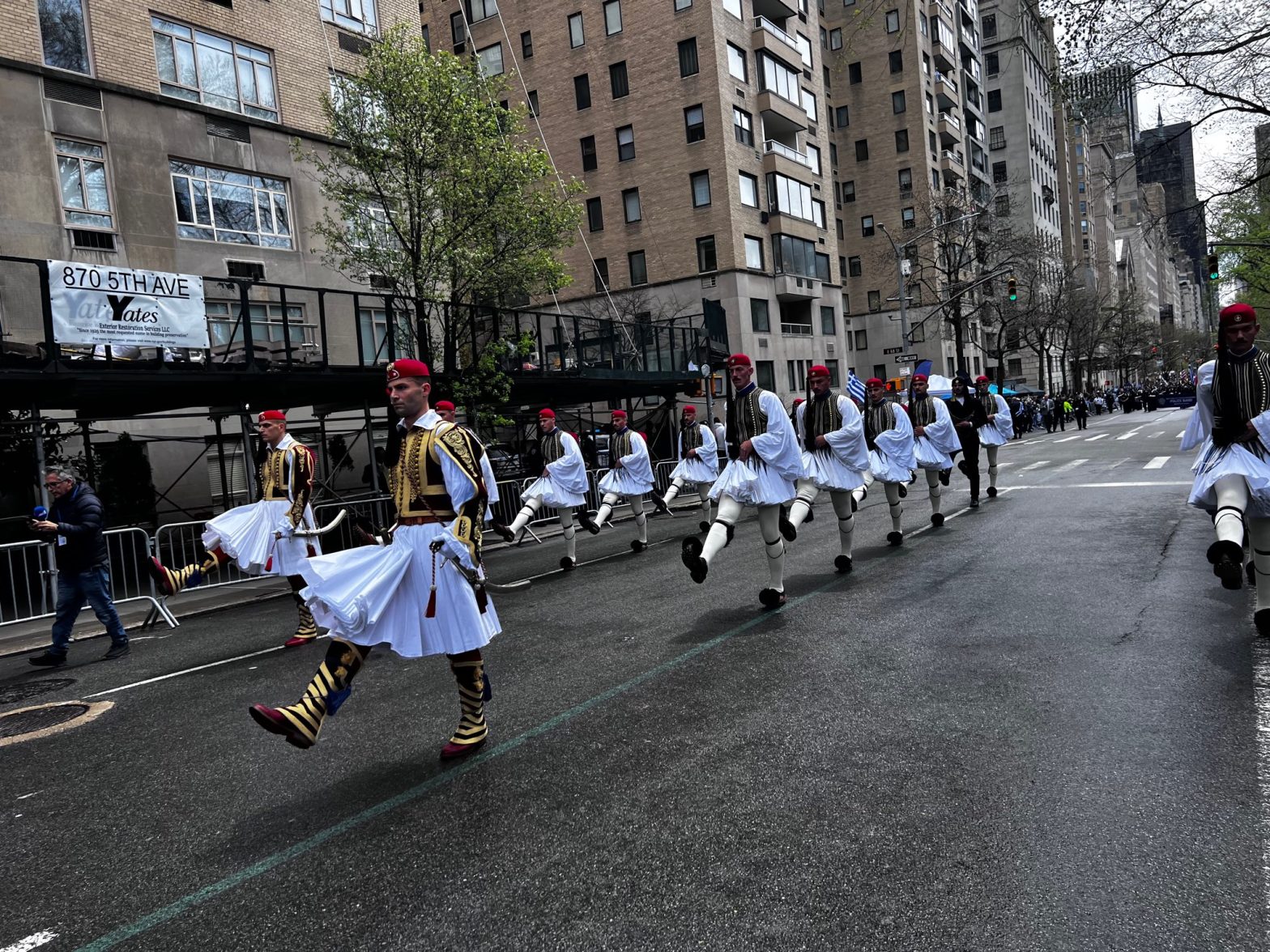General News
Meropi Kyriacou Honored as TNH Educator of the Year
NEW YORK – Meropi Kyriacou, the new Principal of The Cathedral School in Manhattan, was honored as The National Herald’s Educator of the Year.

The reopening of Greece’s islands on May 25 to full traffic and tourists will be accompanied by special health measures in case of any cases of the COVID-19 Coronavirus strike, the government eager to show visitors it’s safe to come.
The Health Ministry’s plan to islands, as well as popular mainland spots, will include designating risky areas and putting aside beds for virus patients, personal protective equipment, respirators and other necessary equipment, said Kathimerini.
There have been relatively few cases on islands that were closed off except to permanent residents and for deliveries of supplies during a lockdown that began March 23, with only 57 as of May 25, on Crete as well as the Aegean and Ionian islands.
Low-risk areas are the ones with easy access to integrated health services. These include tourist destinations on the mainland, Crete and areas with access to major hospitals on the mainland within two hours, such as Tzia, which have only small clinics.
The medium-risk areas include islands such as Zakynthos, Kos and Samos that have smaller hospitals where beds for COVID-19 patients have already been secured but high-risk areas on smaller and more remote islands have only small primary healthcare structures.
The Secretariat for Civil Protection and the National Public Health Organization (EODY) will inspect the remote island areas, starting with Kimolos, Folegandros and Sikinos, to find out what they need, the report said.
The main problem remains the lack of staff and medicine on such islands. According to the Health Ministry, the Aegean islands have added 200 auxiliary personnel, the Ionian islands 70 and Crete with at least 400.
The government has set a July 1 date for the start of tourism, with hotels beginning to operate under strict hygiene protocols that include disinfecting areas and keeping people apart from each other where that's possible.
NEW YORK – Meropi Kyriacou, the new Principal of The Cathedral School in Manhattan, was honored as The National Herald’s Educator of the Year.

NEW YORK – The New York Greek Independence Parade on Fifth Avenue, commemorating the 203rd anniversary of the Greek Revolution of 1821, was held in an atmosphere of emotion and pride on April 14.
NEW YORK — Whitey Herzog, the gruff and ingenious Hall of Fame manager who guided the St.
ST. LOUIS — Strong storms caused damage in parts of the middle U.
ATHENS, Greece — The world is not doing enough to protect coral reefs, the United Nations’ special envoy for the ocean said Tuesday in defense of the marine ecosystems that protect biodiversity, sustain underwater life and produce some of the oxygen we breathe.
NEW YORK – With the calls of “Long live March 25th,” “Long live Greece,” and “Long live Cyprus,” this year's pre-parade grand celebratory reception at the Pierre Hotel was held on April 14.